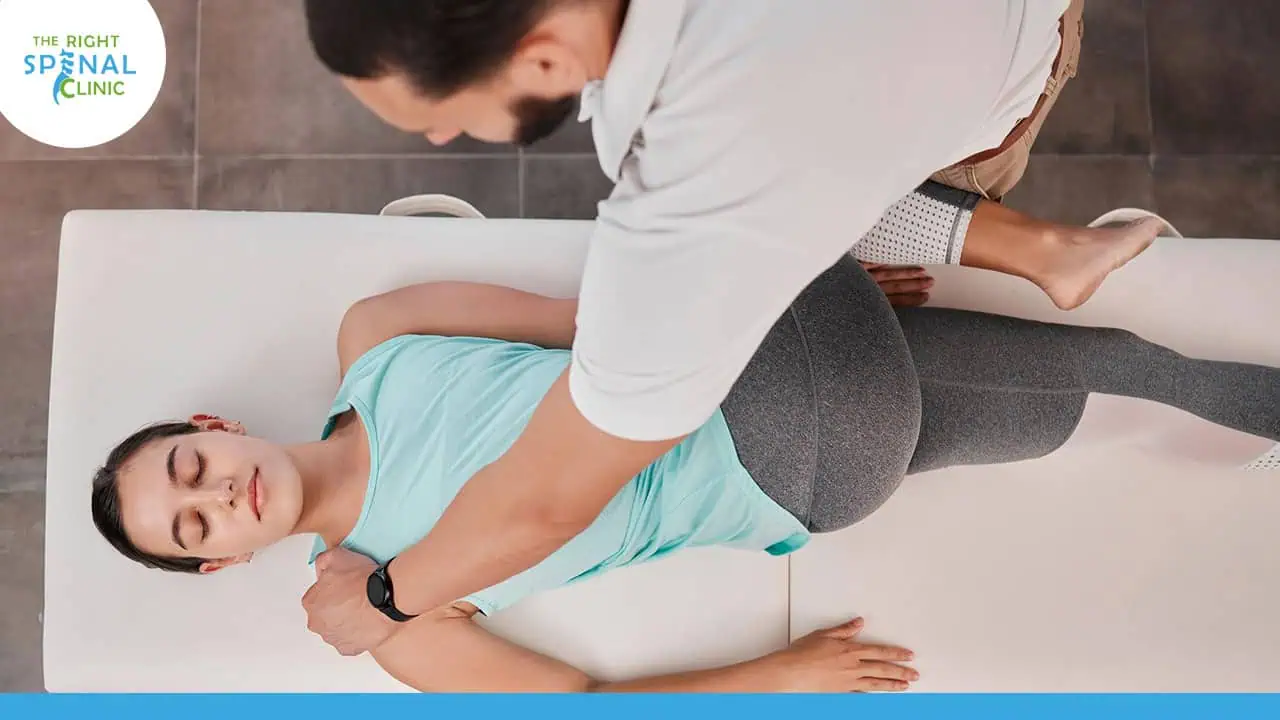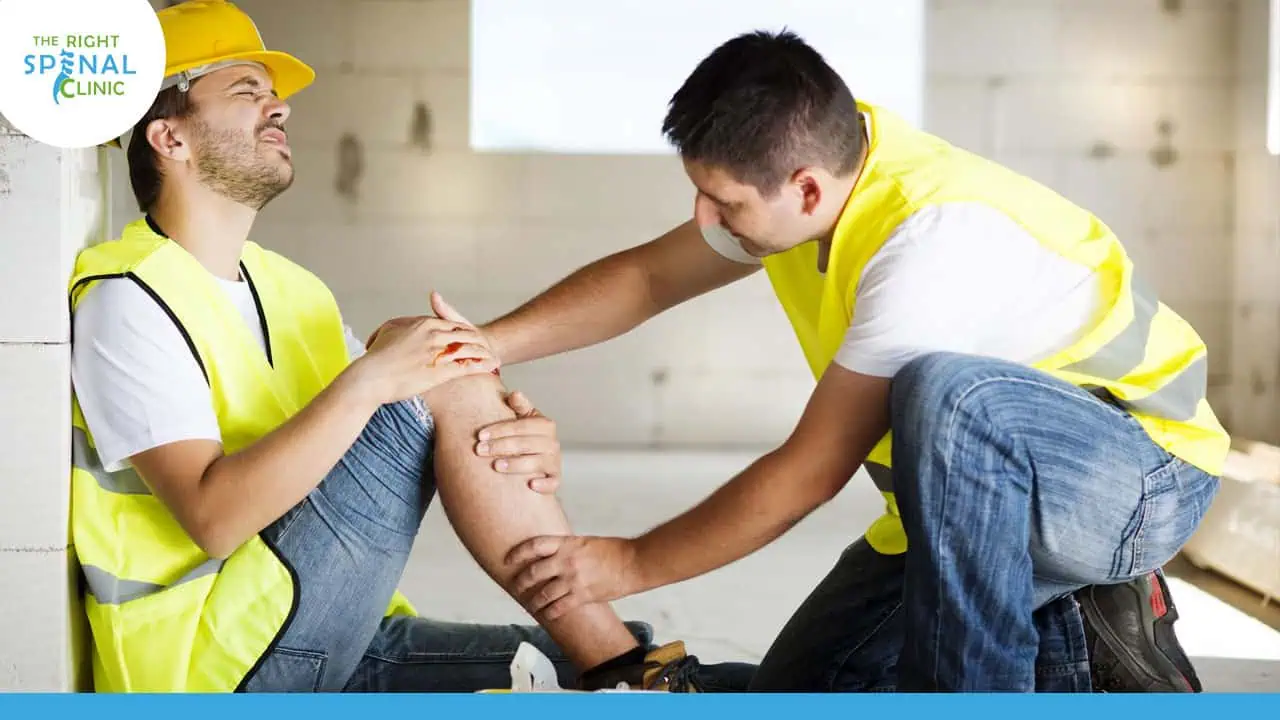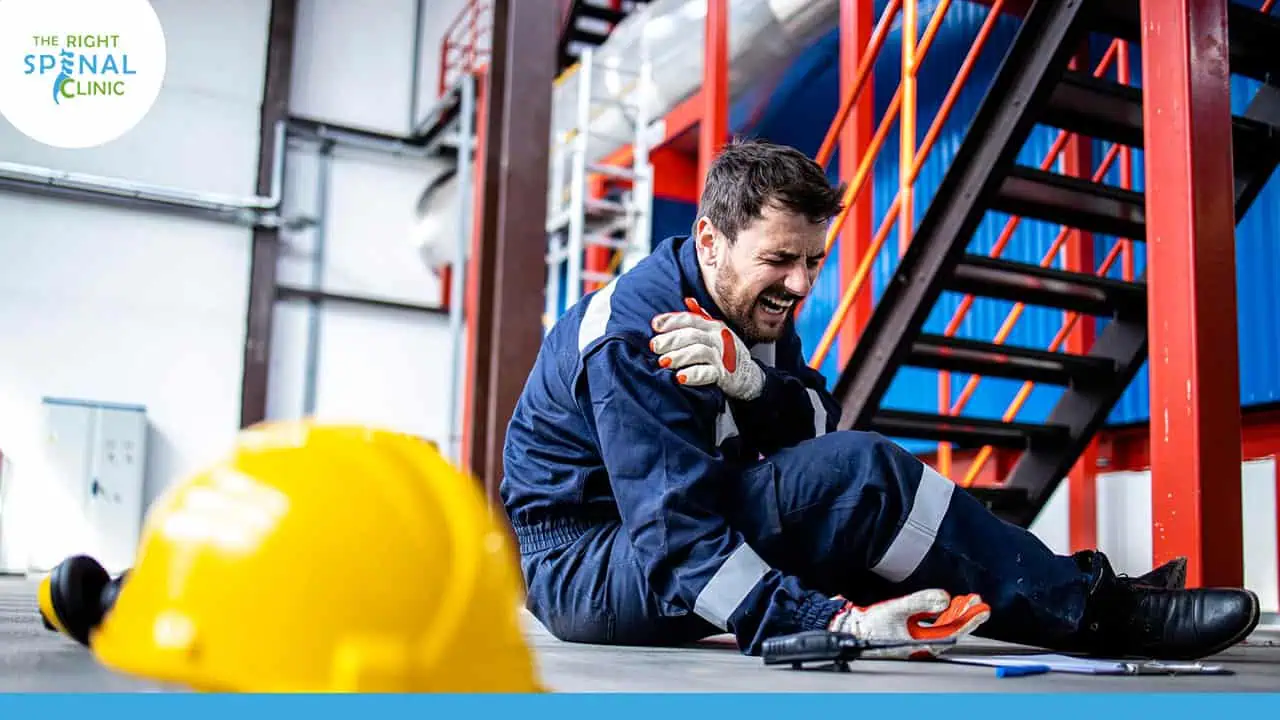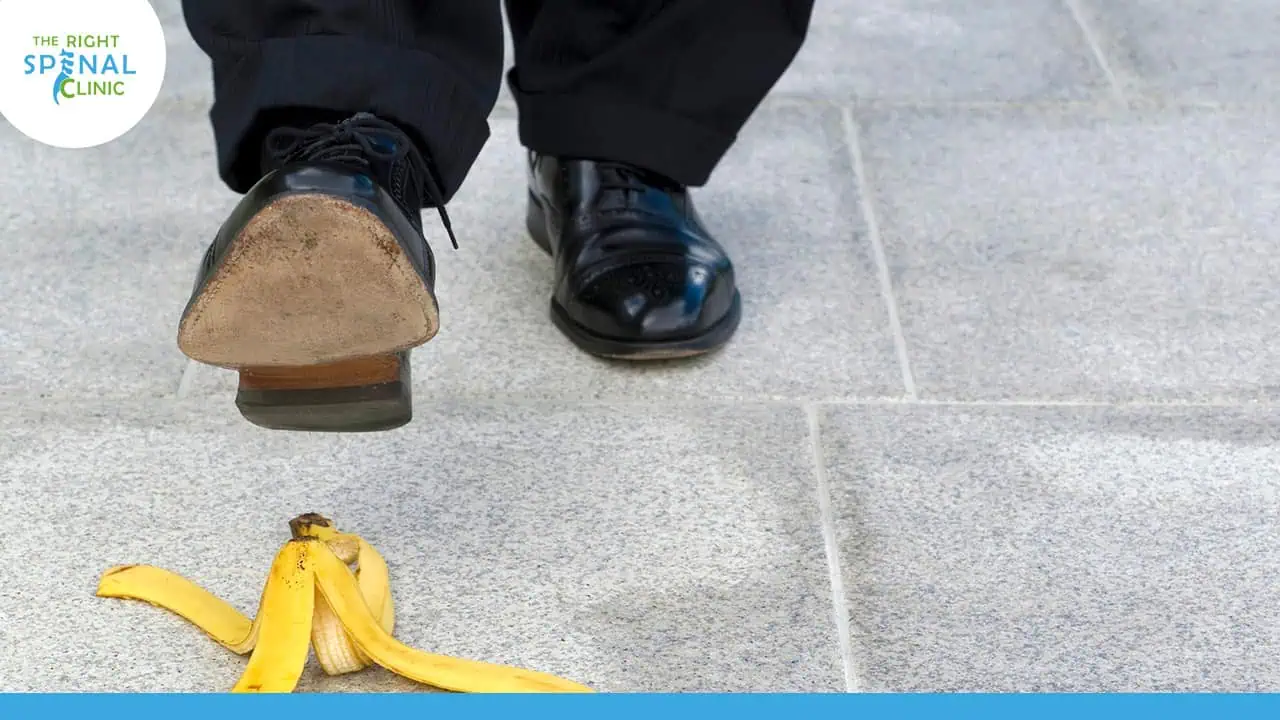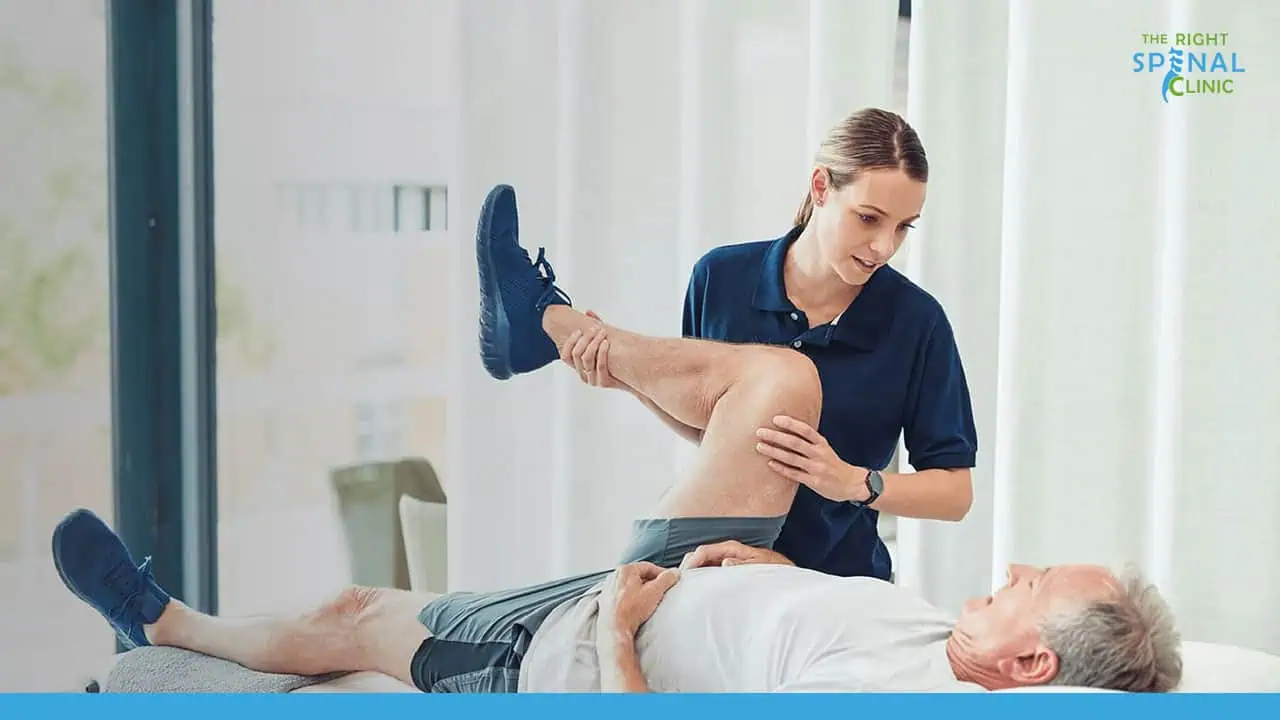
Recovering from surgery can feel daunting. However, with the right guide and professional post surgery physical therapy in Tampa, patients can confidently navigate this journey. Mastering your customized rehabilitation program helps you regain strength, flexibility, and range of motion. Physical therapy tailored to your specific injury or surgery rebuilds the body's capabilities, ensuring patients can return to daily activities with resilience and vigor.
Read on for professional insights into post-surgery rehabilitation.
Understanding Your Post-Surgery Physical Therapy Needs
- Initial Evaluation:
- Thorough assessment of surgical outcomes
- Evaluation of current physical capabilities
- Collaboration:
- Setting realistic goals with your physical therapist
- Creating a structured recovery regimen
The first step in post-surgery physical therapy is a thorough evaluation of the individual's condition, assessing surgical outcomes and current physical capabilities. Working with a physical therapist to set realistic goals tailored to the patient’s situation is essential. This partnership creates a structured recovery plan focusing on long-term functionality and health.
Example: For those in rehabilitation from knee surgery, managing pain is a top priority, aiming to reduce or eliminate the need for opioid pain medications. The physical therapist might use techniques like ice therapy, manual therapy, and specific pain-relief exercises. They may also incorporate gentle stretches and movements to improve joint flexibility and strength. The goal is to control pain effectively while promoting healing and preventing dependence on opioids, ensuring a safer and more sustainable recovery process.
Evaluating Your Condition and Surgery Outcomes
The postoperative examination is essential, especially for joint replacement surgeries. Tailored assessments examine joint function and range of motion, monitor healing, and identify complications like inflammation or infection. This initial exam sets the stage for creating a rehabilitation strategy and a baseline for progress. The therapy plan includes heat application to soothe muscles, exercises to enhance muscle strength, and techniques to improve scar tissue flexibility and health.
Evaluating these elements ensures the physical therapy program leads to a swift and successful recovery.
Setting Realistic Recovery Goals With Your Physical Therapy
Setting goals after orthopedic surgery is like plotting a course through uncharted waters; it requires precision and adaptability. A physical therapist skilled in restoring function to tissue traumatized by surgery navigates this course. They create a recovery plan that is ambitious yet realistic for the patient’s condition.
For example, rehabilitation for shoulder or hip surgery needs a strategic approach, focusing on gradually restoring strength and mobility. Patients and therapists create a plan with incremental milestones to address the challenges of tissue healing.
A patient recovering from shoulder surgery might start with gentle range-of-motion exercises to reduce stiffness. Their physical therapist may introduce resistance exercises to build strength as they progress.
Each milestone, from lifting the arm overhead to performing daily activities like dressing or reaching for objects, is carefully planned and adjusted based on the patient's progress and pain levels. This strategic approach ensures that each step supports the patient’s journey to regain pre-surgery vitality and well-being.
The First Steps in Post-Surgery Rehabilitation
As patients begin post-surgery rehabilitation, the first steps involve basic movements and exercises. These are crucial for those who have had hip or knee replacements. They aim to foster flexibility and gently restore the body’s range of motion. This early phase includes massage to alleviate discomfort and focuses on pain management, vital for patient compliance and recovery speed. Gentle, deliberate movements form the foundation for recovery, increasing joint activity while monitoring the body’s response to balance effort and healing.
Basic Movements and Exercises to Start With
Guided by a physician, patients start with basic movements to promote healing. These exercises are fundamental for recovering the affected joint and enhancing blood circulation, which reduces inflammation and promotes tissue repair. Following the physician's rehabilitation plan, gentle exercises help the joint move naturally. This approach reduces discomfort and supports the body's healing mechanisms, ensuring a safe and effective recovery process.
- Joint movement exercises
- Blood circulation enhancement
- Gentle joint movements to reduce inflammation
Importance of Pain Management in Early Stages
Pain management is crucial in the early stages of recovery, especially for surgeries like rotator cuff repairs. Early recovery can be uncomfortable, and if not properly managed, it may hinder patient cooperation and rehabilitation effectiveness. Manual therapy techniques, used in hospitals or outpatient care, help alleviate pain for those recovering from foot procedures or sports injuries. Effective pain control supports the entire healing journey.
| Phase | Techniques Used | Expected Outcome |
| Initial Post-Op | Manual therapy, Ice, Medication | Reduced pain, Swelling control |
| Early Rehabilitation | Gentle exercises, Pain Education | Enhanced joint mobility, Pain Tolerance |
Building Strength and Flexibility During Recovery
As patients recover from shoulder surgery or back pain, physical therapy progresses to more complex regimens. Beyond basic post-surgery exercises, patients face challenges in strengthening ligaments, tendons, and muscles. Advanced exercises, tailored to each healing stage, build endurance. Therapists also introduce techniques to expand the range of motion safely, helping patients with shoulder, back, or ankle issues overcome limitations and ensure lasting recovery.
Advanced Exercises Tailored to Your Healing Progress
As recovery progresses, therapy includes advanced exercises that strengthen tendons and bones, key components of the body's support structure. These activities safely introduce stress to soft tissues, promoting their adaptation and capacity for daily tasks. For patients recovering from neurosurgery, these exercises are crucial in restoring the balance between muscular strength and neurological control. Monitored by therapists, these movements ensure soft tissue recovery aligns with the nervous system, leading to restored function and mobility.
- Incremental stress introduction
- Muscular strength and neurological control exercises
Techniques for Improving Range of Motion Safely
Improving range of motion safely after surgery is critical to rehabilitation. Therapists use flexibility techniques tailored to each patient's needs to enhance joint function and reduce pain. Skilled specialists guide patients through exercises that expand movement boundaries without compromising the healing process.
- General Steps:
- Assessing the patient's range of motion limitations
- Developing a safe, personalized exercise protocol
- Tracking progress to ensure alignment with physical therapy goals
Realistic goals set by patients and therapists alike underscore the push toward full recovery. Integrating gentle stretches and strengthening exercises helps patients prepare for a return to daily activities, mitigating the risk of further injury and promoting a swift recovery.
Example: After anterior cruciate ligament (ACL) reconstruction, gently expanding knee range of motion is crucial. Therapists use safe flexibility techniques to reduce knee pain and improve joint function. They assess the patient’s range of motion limitations, develop a personalized exercise protocol, and track progress to ensure it aligns with therapy goals. Realistic goals and exercises help the patient gradually regain mobility and strength, ensuring a successful return to daily activities.
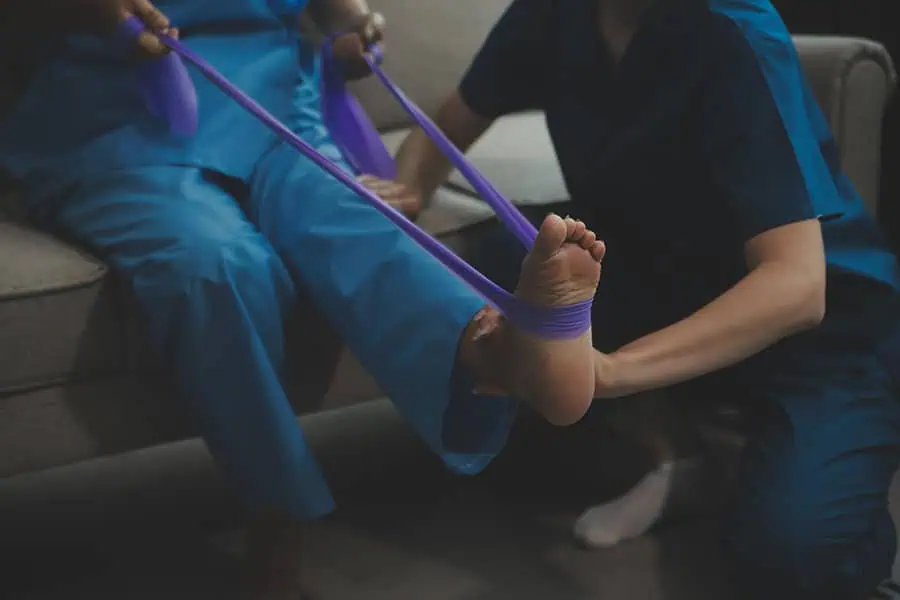
Navigating Challenges in Post-Surgery Rehabilitation
Recovering from surgery often involves challenges, requiring resilience and perseverance. Specialists in sports medicine recognize that smooth progression isn’t always guaranteed. Addressing unexpected setbacks is crucial, highlighting the need for adaptable pain management strategies. Rehabilitation plans may need revisions to handle issues like medication side effects or complications like infection. Maintaining balance in recovery is essential for accommodating the body's healing pace and the patient's mental endurance. Providing actionable tips for staying motivated can greatly aid in successfully navigating post-surgery rehabilitation. Guidance on coping mechanisms and setting incremental milestones keeps patients engaged and committed to their physical therapy goals.
Dealing With Setbacks and Adjusting the Physical Therapy Plan
When setbacks occur, such as unexpected neck stiffness or slow physical fitness recovery, therapists may use ultrasound technology. Therapeutic ultrasound, known for deep tissue stimulation, can speed healing and adjust the physical therapy regimen. Adapting to these hurdles requires advanced tools and a willingness to change the recovery plan. Therapists must continually evaluate and modify strategies to match each patient's evolving conditions, keeping their journey to health on course.
Tips for Staying Motivated Throughout the Process
- Set small goals: Break down the recovery process into achievable milestones.
- Track progress: Keep a journal or app to log improvements and celebrate successes.
- Stay positive: Focus on the gains rather than the setbacks.
- Build a support network: Surround yourself with friends and family for encouragement.
- Follow a routine: Establish a consistent therapy schedule to build discipline.
- Reward yourself: Treat yourself for reaching certain milestones.
- Visualize success: Picture yourself achieving your recovery goals.
- Stay educated: Understand your condition and the benefits of each therapy exercise.
- Communicate with your therapist: Regularly discuss your progress and challenges.
- Stay active: Engage in low-impact activities that you enjoy to maintain a positive outlook.
- Stay informed: Learn about your injury and the recovery process to stay engaged.
- Join a support group: Share experiences and gain motivation from others in similar situations.
Staying motivated is crucial during post surgery rehabilitation. It fuels the persistence needed to overcome recovery challenges. Therapists often encourage patients, educate them on managing chronic pain, and celebrate small victories. Continuous dialogue with a therapist empowers patients, fostering a mindset geared towards consistent effort despite discomfort. This support is vital for those with chronic pain, anchoring their determination to persevere through therapy.
Incorporating Everyday Activities Into Rehab Practices
Integrating daily tasks into rehab restores functionality and reassesses the patient's gait for safe walking. Physical therapists analyze patients' walking during sessions to identify abnormal movements and offer corrections. For those recovering from elbow surgery, lifting light objects or opening jars can significantly aid recovery. These activities promote elbow function and help patients regain confidence in daily chores. Rehabilitation extends into practical accessibility, with therapists suggesting home or workplace modifications to support wrist recovery and make daily interactions easier.
| Stage of Recovery | Activity | Goal |
| Initial | Basic gait training | Establish safe ambulatory patterns |
| Mid-Recovery | Elbow-oriented chores | Strengthening and improving flexibility |
| Late Recovery | Implementing wrist exercises | Enhancing accessibility and function |
| Maintenance | Advanced gait and balance work | Ensuring autonomy in daily life |
For expert guidance and support in your post-surgery recovery journey, consider the professional services offered by The Right Spinal Clinic. Their dedicated team in Tampa provides tailored physical therapy programs to help you regain strength, flexibility, and a full range of motion, ensuring a smooth and successful recovery.
Recent Posts




